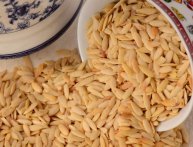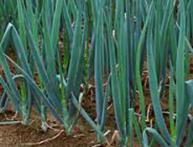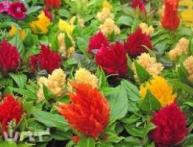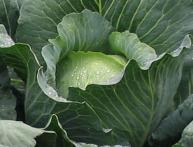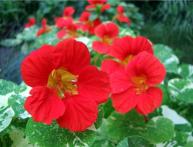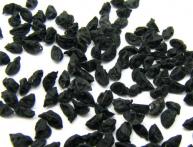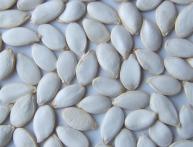Planting basil is a delicate matter.

Basil is a herb that adds an extraordinary aroma to salads. It is used not only in cooking, but also in medicine. Gargle.
Each variety of basil has its own spicy scent. It could be the smell of cloves, allspice, bay leaf, lemon.
Fresh leaves are rich in vitamins C, B1, B2 and PP, and also contain essential oils. This plant is a doctor for the garden; it repels some pests. It is planted around affected areas or placed in pots to prevent aphids and spider mites.
Basil is an annual plant. Grows in the form of a bush. When properly stored, it retains its properties and smell for 4 to 5 years.
Basil is quite picky about the soil; it must absorb water well and be breathable. It is also demanding of light.
Planting basil begins with sowing seeds for seedlings. This is done at the end of April - beginning of March. Sow to a depth of 1 cm with a distance between rows of 5 cm. The optimal temperature for germination is 20 - 28 degrees Celsius. They germinate within a week. Then they are planted in a permanent place of growth.
Successful planting of basil consists of a good soil composition, 1 part humus and 2 parts peat. The container with the seeds is watered with a nutrient mixture. For 10 liters of water, one teaspoon of urea, superphosphate and potassium chloride is required.
If you want to soak the seeds before sowing, they must germinate in moist soil. For watering, use water at room temperature.Just don’t water the soil too much, otherwise the sprouts will have a black leg. A solution of copper sulfate will help in the fight against it. For 1 liter of water take 1 teaspoon of honey.

